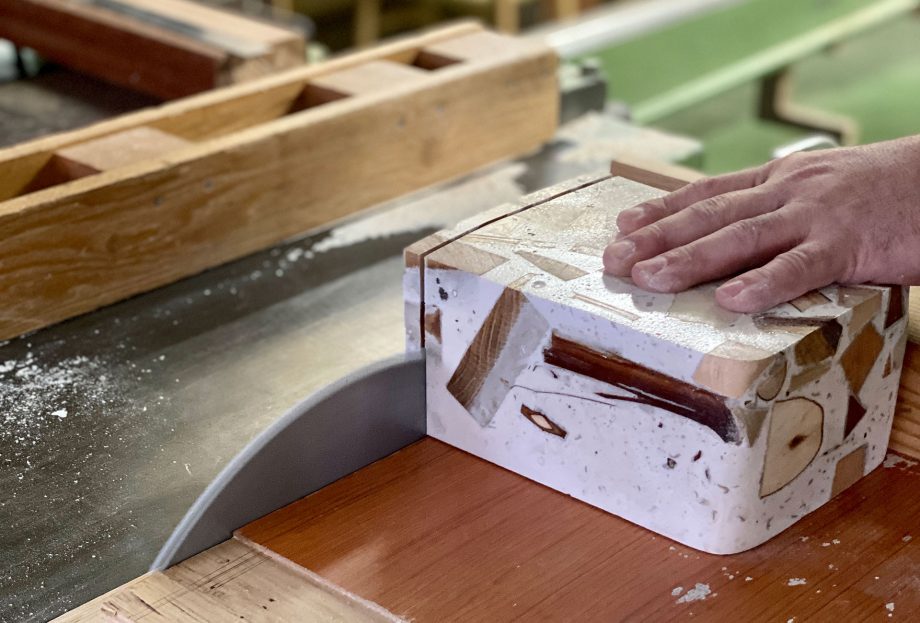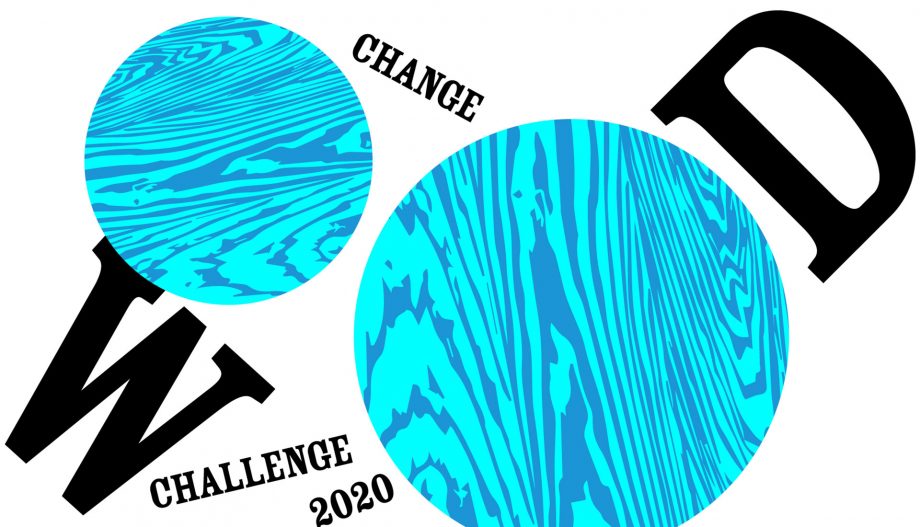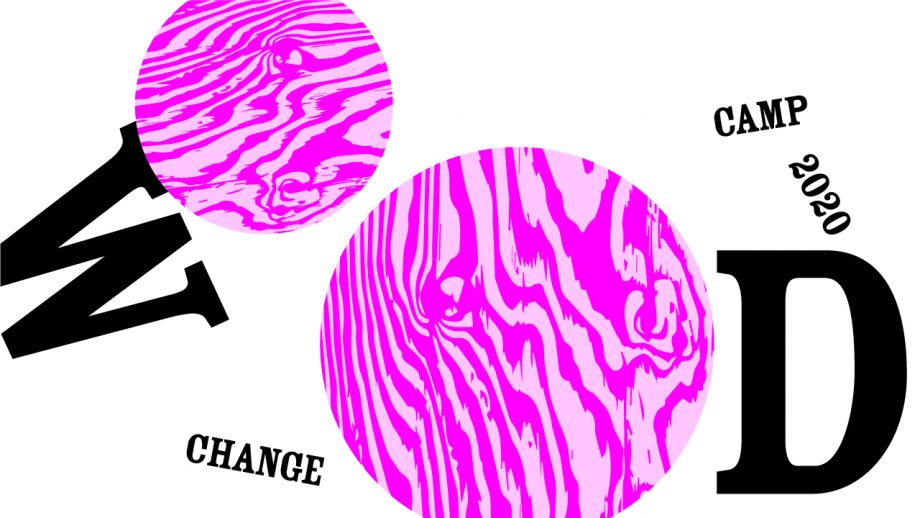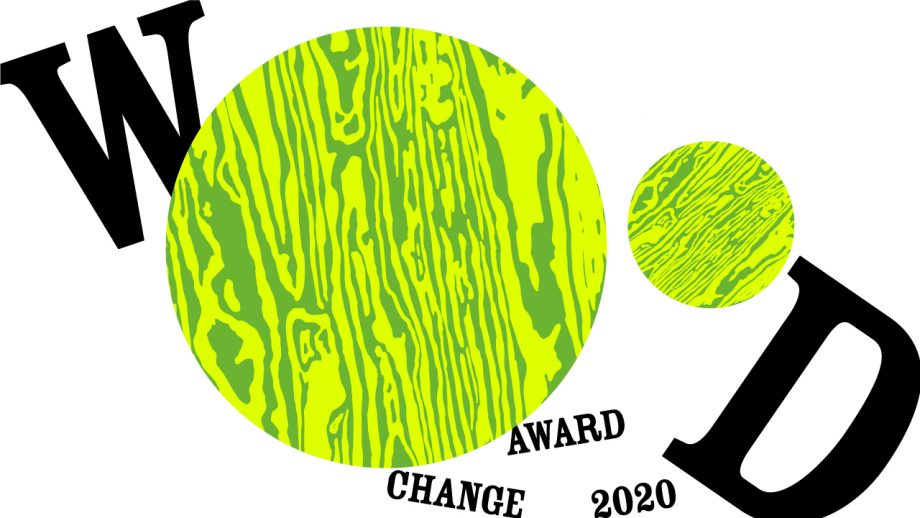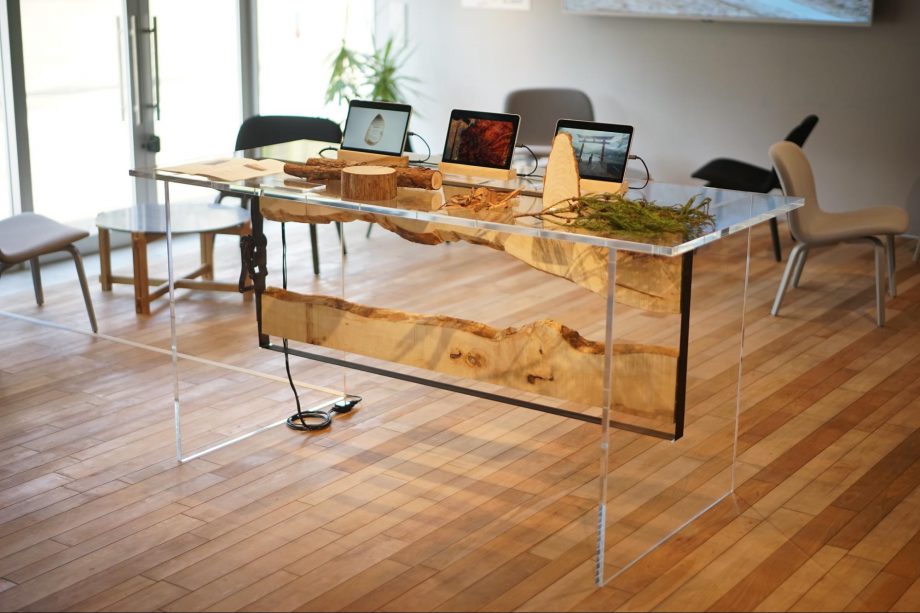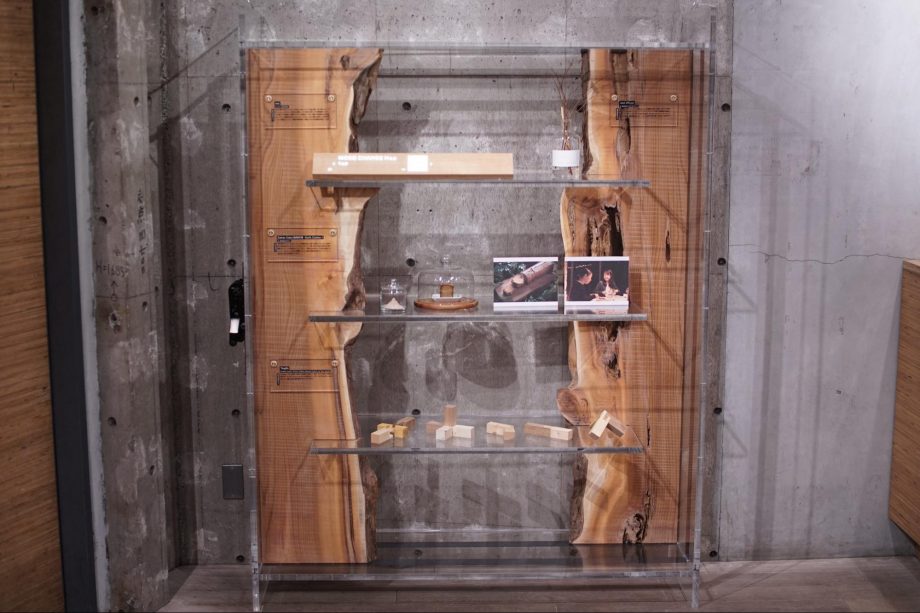Project Case
July 2, 2023
Original article written by Yutaro Gokan (Loftwork Editorial Department).
The English version has been translated and edited by Allison Lee and Judit Moreno.
As part of a subsidized project of the Japanese Forestry Agency, the Japan Federation of Wood Industry Associations (JFWIA) reached out to Loftwork and FabCafe with the aim to expand the use of domestic lumber and create new demand for it.
The project was named WOOD CHANGE CHALLENGE, with the core of it revolving around the WOOD CHANGE AWARD, which served as an open call for groundbreaking ideas. The competition was carried out via the online platform AWRD (“award”) with the goal of achieving the following:
- Raise awareness about the strengths and special characteristics of domestic lumber.
- Make clear the advantages of wood and domestic lumber, especially amongst new creators who have not worked with it before.
- Reimagine and expand the potential uses of domestic lumber by creating a new market for it.
Additionally, Loftwork and FabCafe held the WOOD CHANGE CAMP with the aim of accelerating new ideas’ potential in expanding the market, along with the WOOD CHANGE Meetups and WOOD CHANGE Exhibition. Each of these initiatives served as both input and promotion for the award and were carried out simultaneously with an integrated approach to make the development of a new market for domestic lumber a more attainable goal.
Click here for a video overview of the project.
Since the deregulation of imported lumber, demand for low-cost imported lumber has increased while the demand for domestic lumber has rapidly declined in Japan. According to the Forestry Agency, the supply and use of domestically-produced lumber in 2019 accounted for just 38% of the total demand for both domestically-produced and imported lumber.
The Forestry Agency aims to increase this percentage to 50% by 2025 in order to protect the continuous cycle of logging in the forestry industry. Although there have been efforts to reconsider the value of domestic lumber and how to promote its use in more specialized approaches, such as in construction and woodworking products, there have been few measures that have fundamentally effected “change” (transformation, conversion, renewal, and expansion) in the perceived value of domestic lumber.
The WOOD CHANGE AWARD was designed in response to this challenge. This creative award gathered a wide range of ideas from both within Japan and abroad that sought to change the image of and expand the potential uses of domestic lumber. Submissions could be anything from unpublished works, prototypes, concept sketches, and even services.
The concept of the award was set as “Would Change,” a play of words originated from the Forestry Agency’s guiding principle of WOOD CHANGE*. It served as a message to creators in diverse fields, urging them to change the way they perceive domestic lumber.
*WOOD CHANGE (in Japanese: 木質化, literally “to convert into wood”)
A project that aims to revitalize the Forestry Industries of Japan, and popularize the use of Japanese timber by adopting it as a primary construction material mainly in public facilities.The application guidelines of the award specified that the presented services and products could be tangible as well as intangible. This was set in order to ensure that preconceptions regarding the use of wood did not limit the creativity of submitted ideas. As a result, creators across disciplines presented a diverse range of proposals from product idea sketches to performances.

The call for ideas for products, services, and communication strategies was issued under the sub-themes “MATERIALITY”, “ACTIVITY” and “STORYTELLING” respectively.
The application guidelines of the award specified that the presented services and products could be tangible as well as intangible. This was set in order to ensure that preconceptions regarding the use of wood did not limit the creativity of submitted ideas. As a result, creators across disciplines presented a diverse range of proposals from product idea sketches to performances.
The judging panel included architects, art directors, and product designers, who applied evaluation criteria different from those used in conventional architecture competitions, such as ‘unexpectedness’ and ‘scalability’.

The judging panel.
The WOOD CHANGE CAMP, which ran in parallel with the awards, was a short residency program for a selected group of creators to prototype their ideas. The camp featured online lectures and ideations, as well as a research trip in Okutama, a mountainous region in the northwest of Tokyo.
Participating creators were sorted into teams which included one expert mentor and a creative director from Hidakuma Inc. The prototyping process included visiting local sawmills and other timber-related facilities, as well as progressive idea refinement under the mentors’ guidance to make outstanding outputs.

An online ideaton session.
Through the repetition of input, prototyping, and improvement, each team was able to produce an output with a high probability of commercialization while adhering to the core theme of “changing the image of domestic timber”.
-

A prototype in the making.
-

Photo shoot of the finished products.
The WOOD CHANGE Meetups and the WOOD CHANGE Exhibition provided the opportunity to announce the award-winners, display their ideas worldwide, and inspire a wide array of creators.
The Meetups were held online and offline and gathered award-winners, diverse creators, and business people from Japan and abroad. On the other hand, the Exhibition was held in four locations of the FabCafe network, including Tokyo, Kyoto, Nagoya, and Bangkok. The traveling exhibition included submissions that defied traditional applications of wood, such as a cake made from unwanted wood flour, and a video introducing technology for designing deformed wood into a specific shape. In addition to their meetup, the FabCafe Bangkok team also organized a local ideathon, and the exhibition in their branch included unique regional works produced on the spot.
These events introduced the project to each of the FabCafes’ local creative communities and inspired experts from different industries who do not normally come into contact with wood.


The exhibition as shown in FabCafe Nagoya (top), FabCafe Tokyo (bottom left and center) and FabCafe Kyoto (bottom right).

Eatree Cake (by LIFULL Inc.): Cakes made from thinned wood flour.

WoodSwimmer (by Brett Foxwell & Conor Grebel): A time-lapse animation film of the cross-section of a polished wood surface.
WOULD CHANGE CHALLENGE Ideathon at FabCafe Bangkok
Would Change AWRD online exhibition
Apart from the physical locations in FabCafes around the world, the WOOD CHANGE Exhibition became widely available owing to its Virtual Reality version.
https://gallery.styly.cc/scene/54fe92a2-fa9e-4580-ad87-5183f2f116aa



Total number of entires: 103

Product name: Forest crayons
Team name: Playfool
Photo: Shot by Kusk

Product name: chopping
Team name: MULTISTANDARD
Photo: Shot by Kusk

Product name: Forest Bank
Team name: Yuma Kano
Photo: Shot by Kusk
The submission “Modrinae” (戻り苗, which translates to “returned seedlings”), which won the Bronze Award, subsequently achieved its crowdfunding target, and the planning organization Somano Base converted into a company to further advance the realization of the project.
New developments have been seen in many other projects. For instance, the Forest Bank fabricated by the Yuma Kano team during the WOOD CHANGE CAMP has been introduced in the new Nagoya Office of Asanuma Corporation as part of the company’s efforts to empower sustainable architecture. On the other hand, the Forest Crayons created by the Playfool team have been launched to the market and praised by commercial media.
What can we do for you?
Contact us if you are interested in…
- Developing new possibilities for existing materials, products or systems, as well as cultivating new markets in Japan or overseas.
- Collaborating with the FabCafe global creator network to gain new insights and inspiration for your business.
- Testing products and manufacturing processes through ideation and prototyping.
- Implementing on-site, remote, or hybrid creative programs, as well as events and/or exhibitions.
- And more!
Project Outline
Project length: September 2020 – March 2021
Structure:
- Client: Japan Federation of Wood Industry Associations (JFWIA)
- Project Manager: Satoko Kitajima
- PMO: Ryosuke Hara
- Creative Directors: Maiko Tomita, Takehiro Hayashi, Ryo Kohiyama, Sho Hosotani
- Video shooting and editing: Yuta Kuronuma
- Producer: Tatsuki Inoue
- Planning and tour operation: Kotaro Iwaoka, Takeshi Matsumoto, Takeya Shida, Aya Inoue (Hidakuma Inc.)
- WOOD CHANGE CAMP team mentoring: Naoki Ono (Editor-in-Chief of Kohkoku magazine / Representative of Hakuhodo Monom / Head of YOY) Daisuke Motoki (Architect / Representative of DDAA/ DDAA LAB)
- WOOD CHANGE CAMP team direction: Hideaki Asaoka, Chikako Kadoi, Kosuke Kuroda (Hidakuma Inc.)
- Planning, event and exhibition direction: Daiki Kanaoka, Kensuke Fujita, Kelsie Stewart, Kosuke Kinoshita, Kalaya Kovidisith, Naoki Yoshioka, Kentaro Saito (FabCafe)
-
FabCafe Global Editorial Team
This articles is edited by FabCafe Global.
Please feel free to share your thoughts and opinions on this article with us.
→ Contact usThis articles is edited by FabCafe Global.
Please feel free to share your thoughts and opinions on this article with us.
→ Contact us

